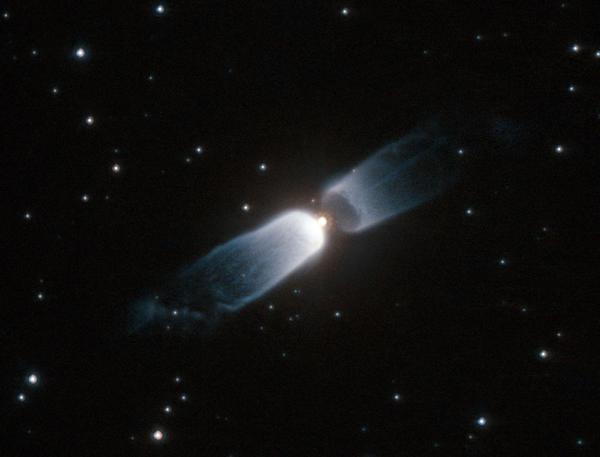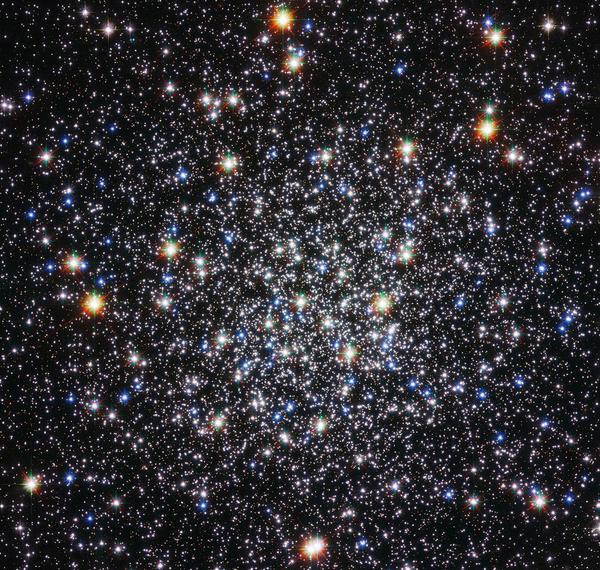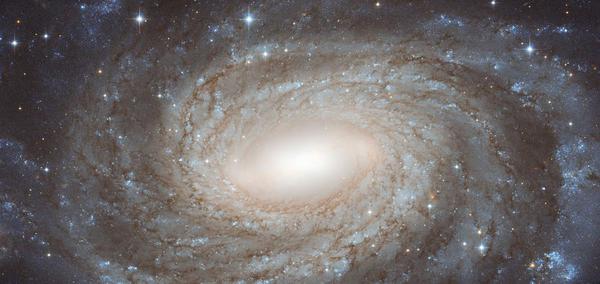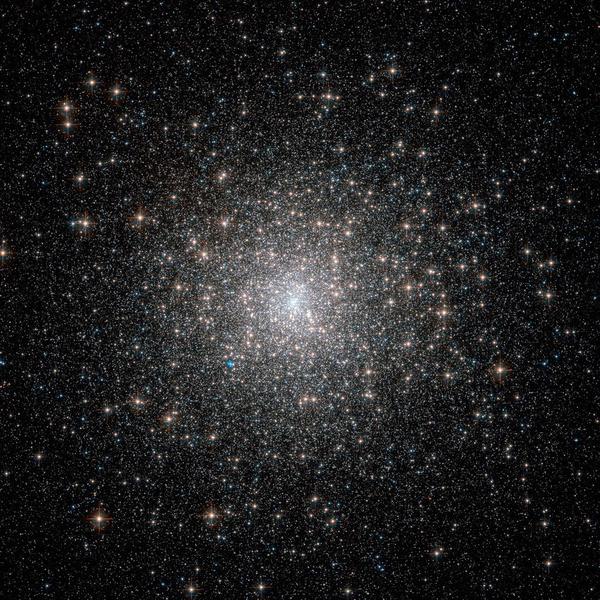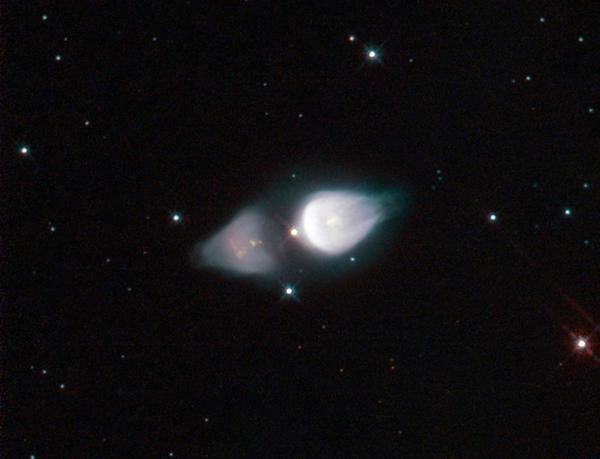
Rare cosmic footprint
The NASA/ESA Hubble Space Telescope has been used to capture a striking image of a rare astronomical phenomenon called a protoplanetary nebula. This particular example, called Minkowski’s Footprint, also known as Minkowski 92, features two vast onion-shaped structures either side of an ageing star, giving it a very distinctive shape.
Protoplanetary nebulae like Minkowski’s Footprint have short lives, being a preliminary stage to the more common planetary nebula phase. In the middle of the image
Protoplanetary nebulae like Minkowski’s Footprint have short lives, being a preliminary stage to the more common planetary nebula phase. In the middle of the image




